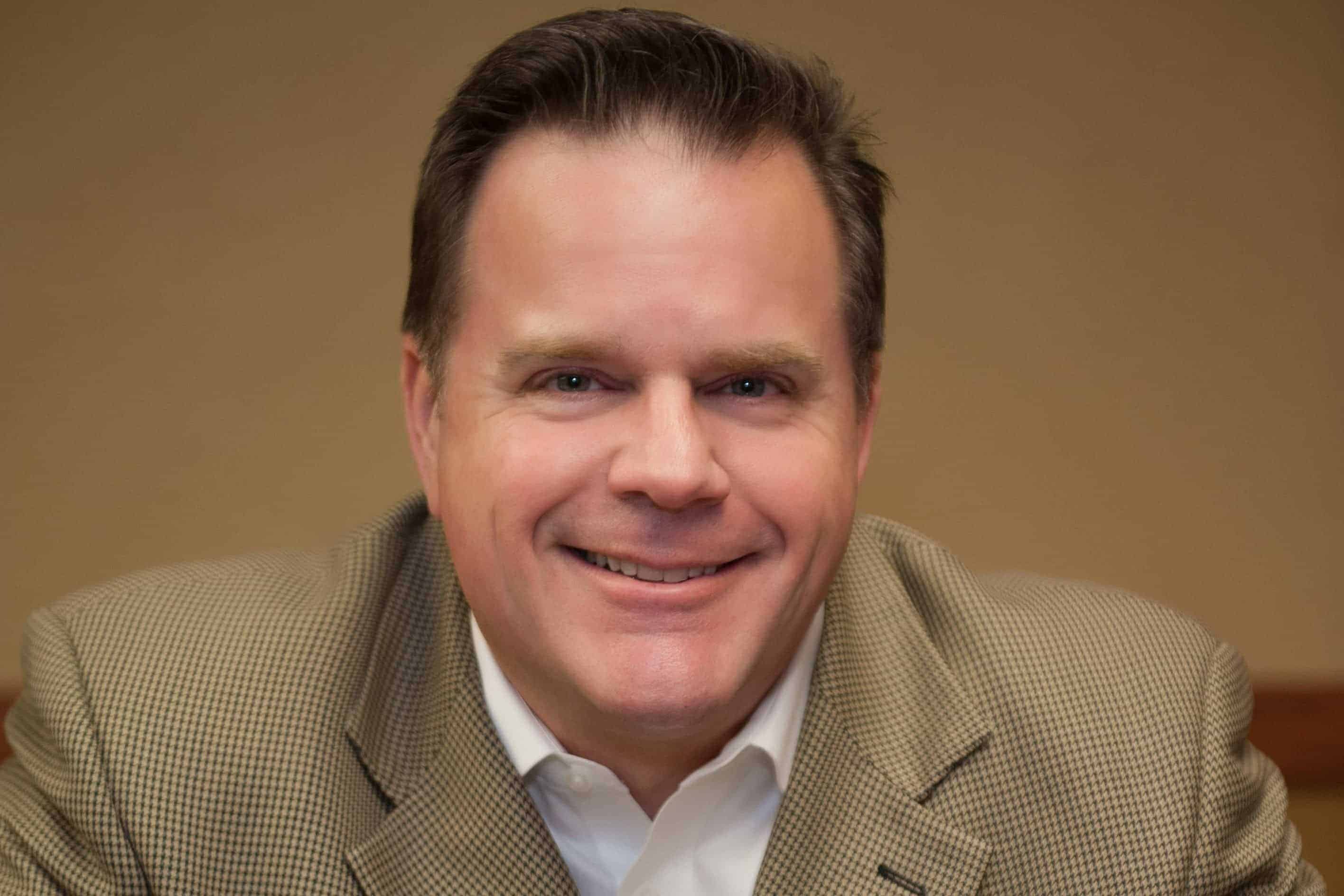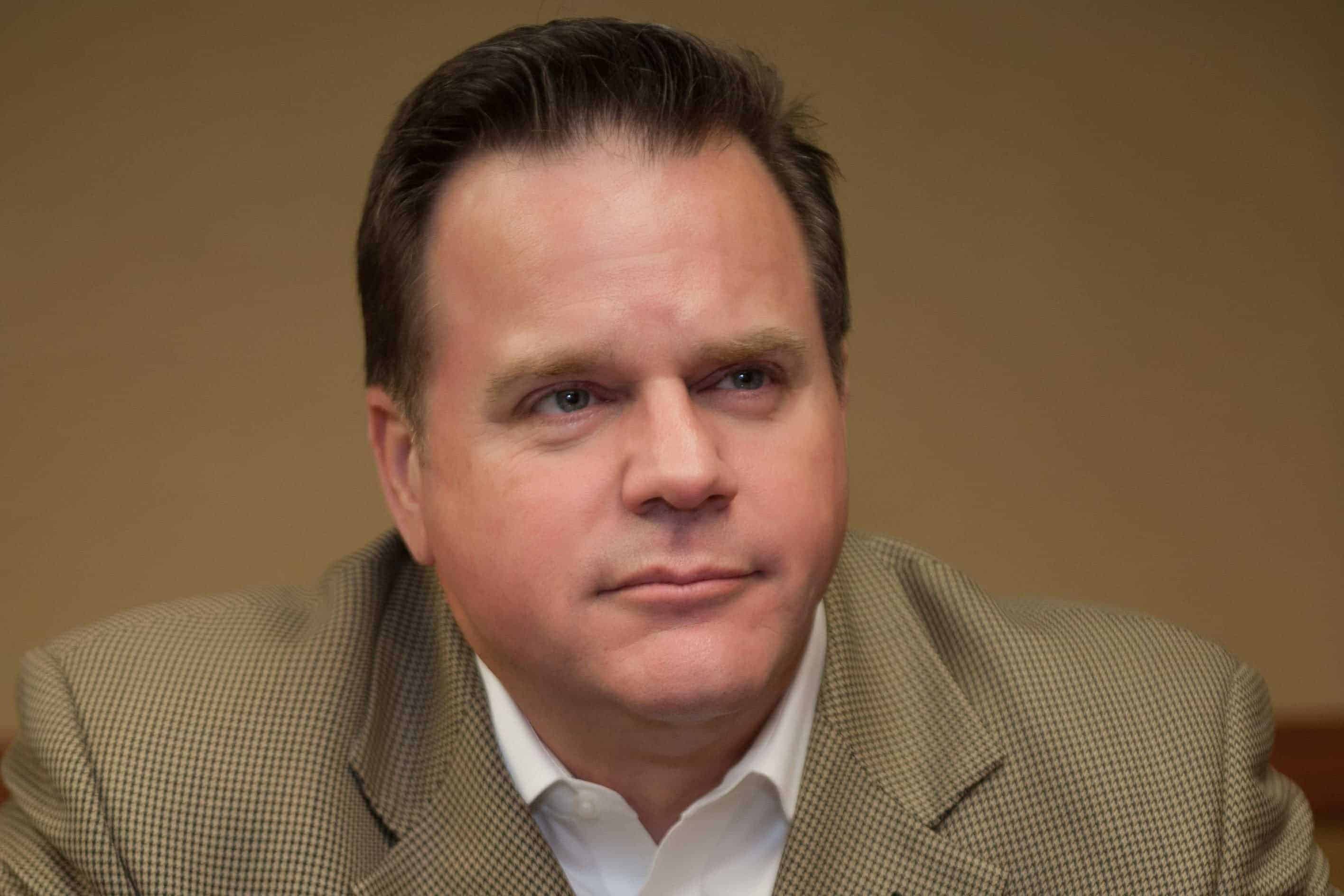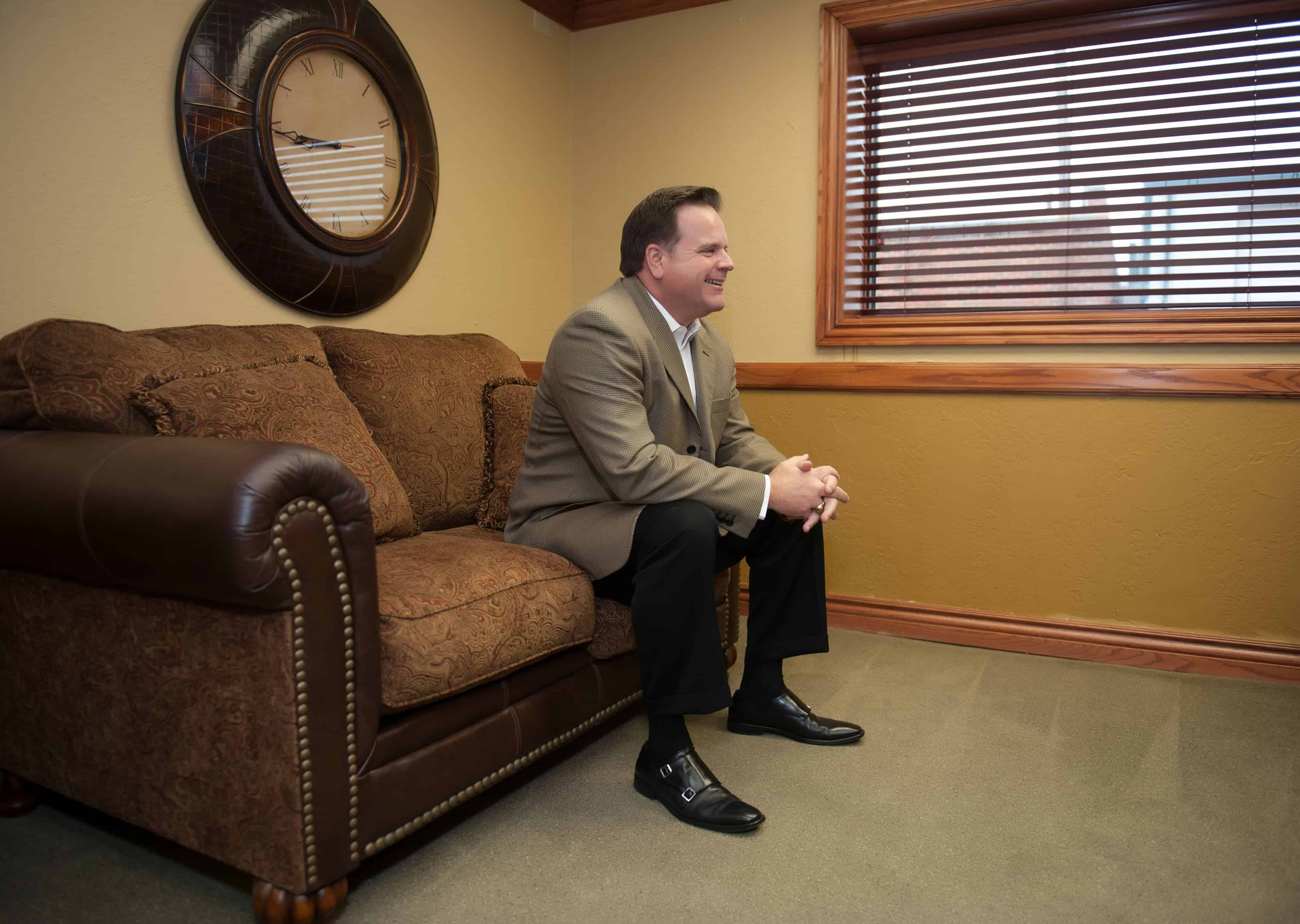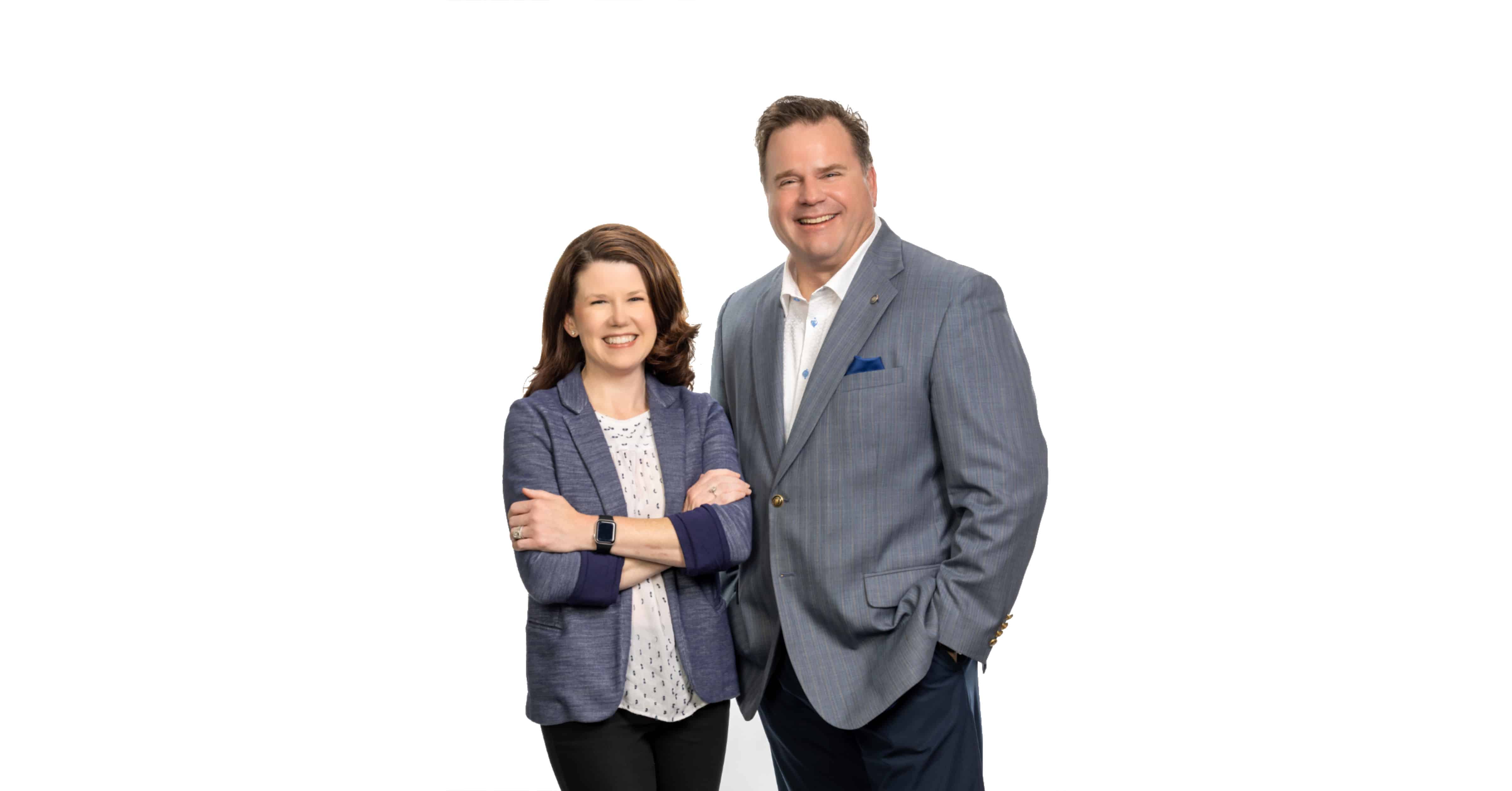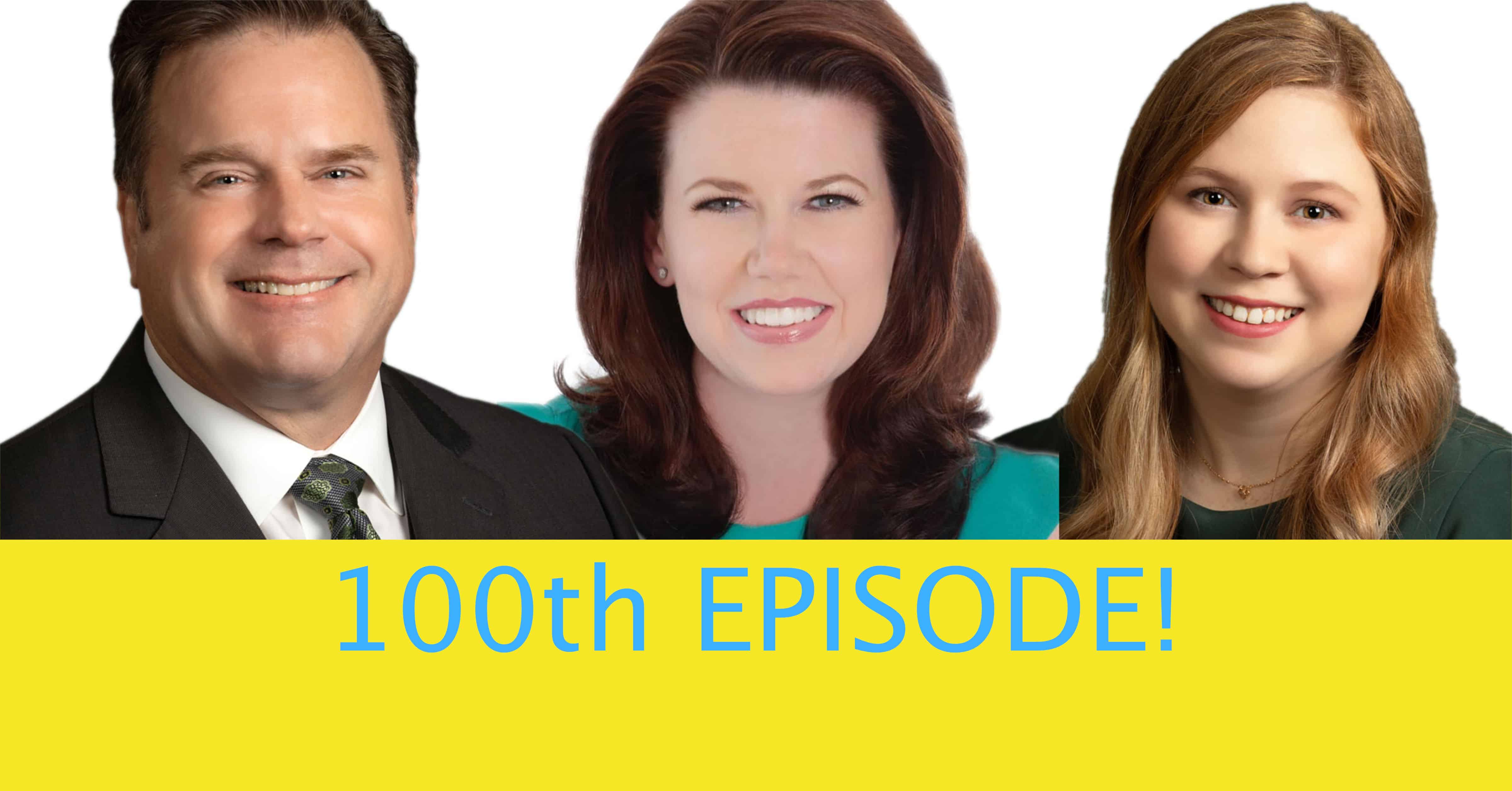Risk is one of the most difficult investment variables for individuals to control. All aspects of life have a risk component. A friend of mine attempted to prove his strategy for removing all risk was valid. He simply stated that he could bury his money in his backyard. When I reminded him, that thieves may discover his hiding spot, he may forget where he hid the money or environmental changes, such as a flood, may prohibit him from accessing his funds, he quickly withdrew his comment about safety.
When you invest your money in an investment account, the custodian bank will provide you coverage using membership in SIPC or the Securities Investor Protection Corporation. This type of insurance protects you in case of a bank failure in a similar process as FDIC, or Federal Deposit Insurance Corporation. Limits are higher for securities investors at $500,000 per investor and accounts insured under FDIC are limited to $250,000 per account. These coverages are only available if the custodian bank is insolvent.
Another form of risk is market risk. The probability of losing value in the markets may be reduced by implementing a systematic approach to investing. For example, a portfolio’s inherent risk will rise when the total investment positions within a portfolio consists of more equities than bonds or cash. However, based on the current economy of the United States, bond yields are below inflation. Simply put, your bond investments, particularly those that are rated investment grade or better, provide interest yields that will not sustain the purchasing power of your dollar. Gasoline, food and other necessary staples of life are rising faster in cost than bonds can create income.
To mitigate risk in your portfolio it is critical that you understand the purpose of diversifying your positions. Do not allow current market conditions to impact your allocation of investments within your portfolio. This action will lead to greater risk in your retirement assets than you may be willing to accept.
Investment advisers utilize two methods of rebalancing portfolios to maintain an acceptable level of risk: 1) percentage and 2) time. When a certain asset class of a portfolio increases in value, the remaining asset classes lose the same percentage of their weighting. Remember, your portfolio is a pie chart. You can only have one hundred percent of the pie at any given time. If your equity positions increase in value by 10%, then remaining positions of the portfolio will have been reduced by 10%. The best means of reducing this increased risk level is to sell the equity positions back to their original percentage in the portfolio. This action is known as rebalancing based on asset allocation.
The second method of rebalancing is based on time. For example, rebalancing the portfolio based on set periods of time passing. Continuing with the previous facts presented about percentage of asset allocation rebalancing, the growth of the portfolio would cause you to rebalance to your original allocation every quarter, semiannually or annually. Again, you would sell the positions that are growing and buy the positions that have performed less. Keep in mind that you are controlling risk in the portfolio not simply maximizing return of the portfolio.
Investing is a long-term process. To create a portfolio that will meet your long-term needs such as retirement, you will need to consistently invest in a balanced portfolio that accepts the level of risk you wish to tolerate. Remember, nothing ventured, nothing gained. By consistently rebalancing your portfolio, whether using the percentage of asset allocation method or the time method, you may control the inherent risk within your investments at a level you feel is acceptable.
Managing your future is difficult. Seek out a CERTIFIED FINANCIAL PLANNER™ professional to guide you in establishing, monitoring and rebalancing your retirement portfolio to gain a higher probability of reaching your long-term goals. You may qualify for a complimentary stress test for your portfolio. To live the type of life you desire, without excessive risk, may just be the plan you need for success. See you on the jogging trail!






